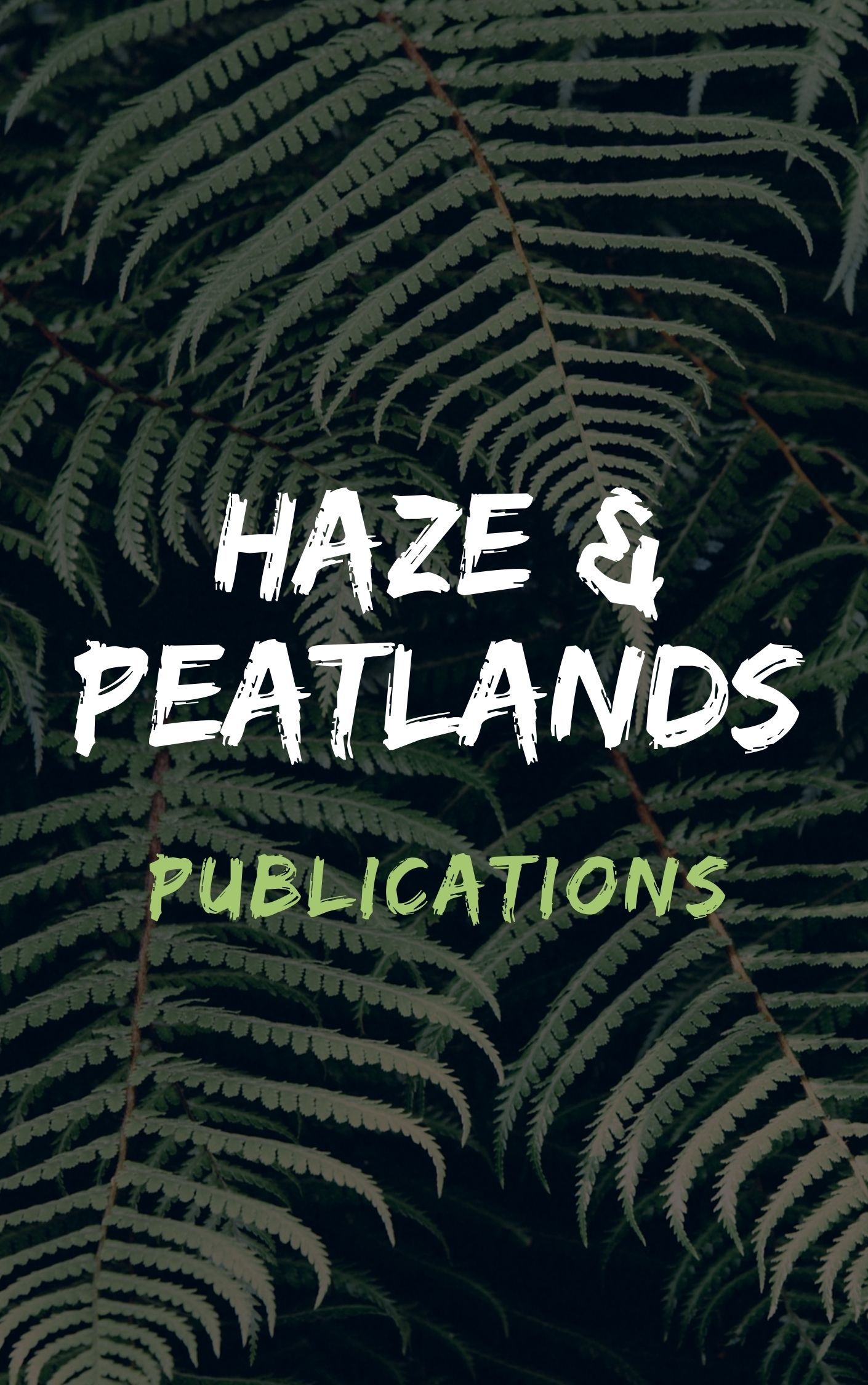Substantial attention has been given in recent years to forest and peatland degradation, transboundary haze, and biodiversity and economic impacts associated with major fire events in perhumid western Indonesia. Conversely, little information is available concerning underpinning conditions associated with burning practices and resultant fire patterns in other parts of the Indonesian archipelago, especially in markedly seasonally dry regions. As part of a broader study examining the patterning and drivers of burning in the monsoonal province of Nusa Tenggara Timur (NTT), the paper explores cultural, socioeconomic, biophysical, and, in discussion, political dimensions associated with landscape-scale patterns of burning at each of two village locations on the islands of Sumba and Flores. Assembled data illustrate that: (1) study villages are reliant on a range of subsistence agricultural activities, particularly annual food crops, livestock (especially pigs), and forest products; (2) while villages encompass mostly extensive areas of grassland savanna, proportionately most income/products are derived from limited areas of arable agricultural and very diminished forested lands; (3) despite this, considerable economic potential exists for developing certain tree products especially in agro-forestry settings, and more intensive livestock management; (4) these patterns are representative generally of surrounding regional agricultural landscapes. While burning is used as an essential agricultural management tool in defined seasonal contexts in all study villages, the reality is that today much burning is unmanaged and uncontrolled, with attendant significant economic impacts. As for western Indonesia, underlying drivers of such behavior are multiple and complex, but pointedly include: Rapid societal change; conflicts within and between villages, and between villages and regulatory authorities (especially the Forestry Department), over access to land and resources; and continued nonrecognition in national and provincial fire policy frameworks of the practical necessity for using fire (wisely and safely) in many agricultural contexts. It is axiomatic that, without effective fire management and a supportive policy environment, sustainable livelihoods development will continue to be elusive in fire-prone savanna landscapes of eastern Indonesia. © Springer Science+Business Media, LLC 2006.
View source

